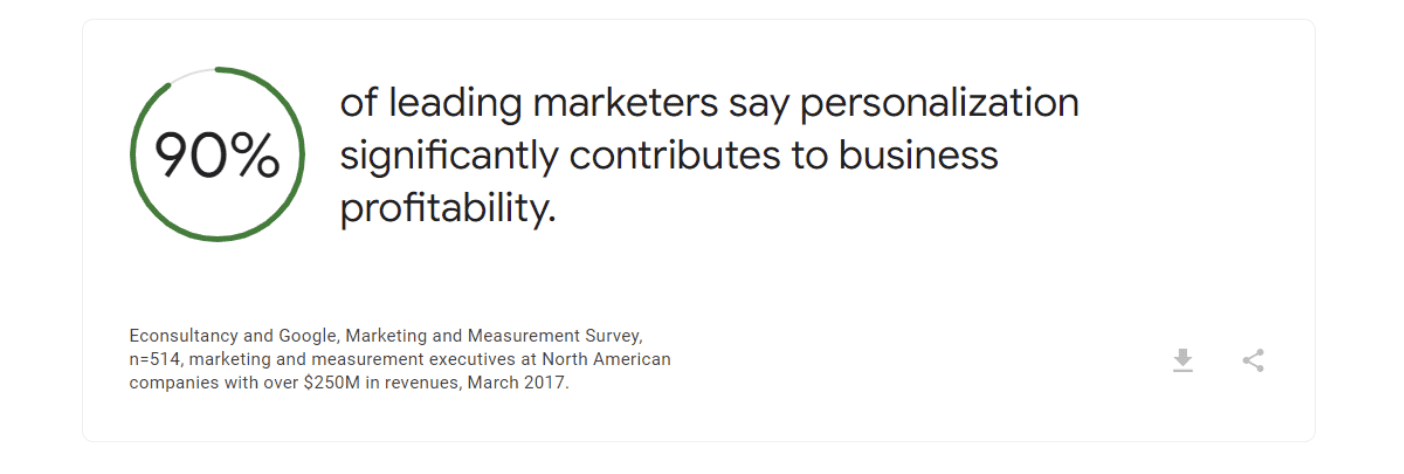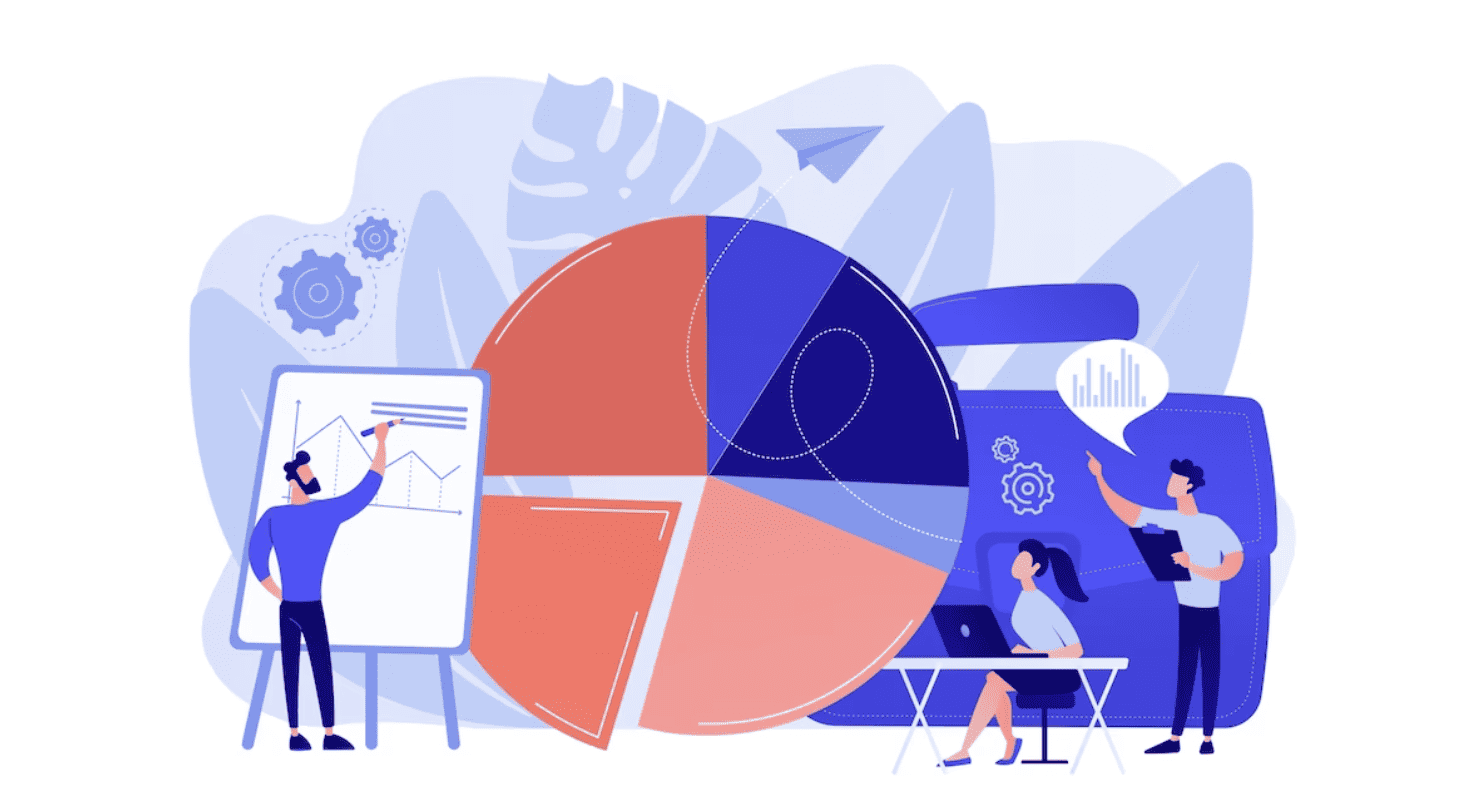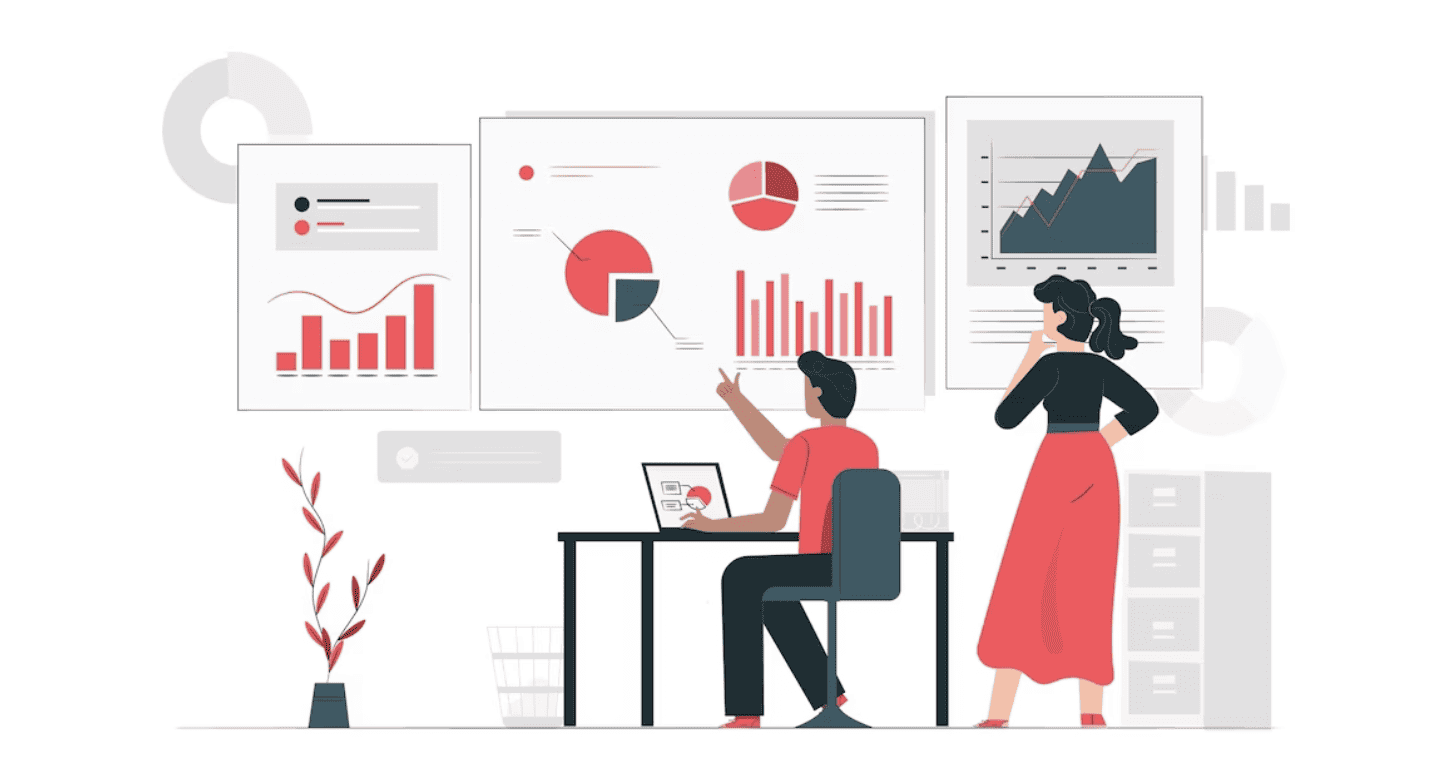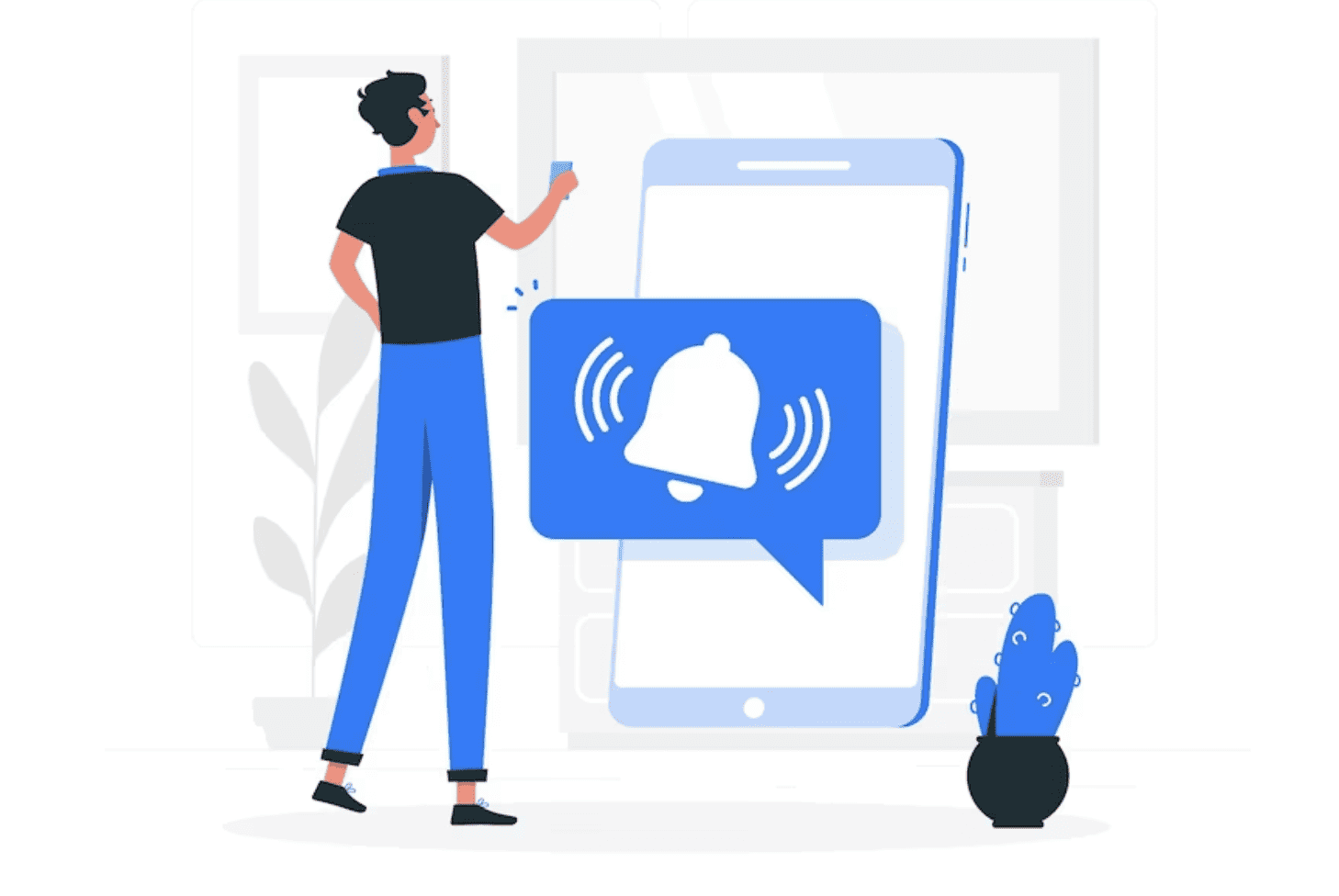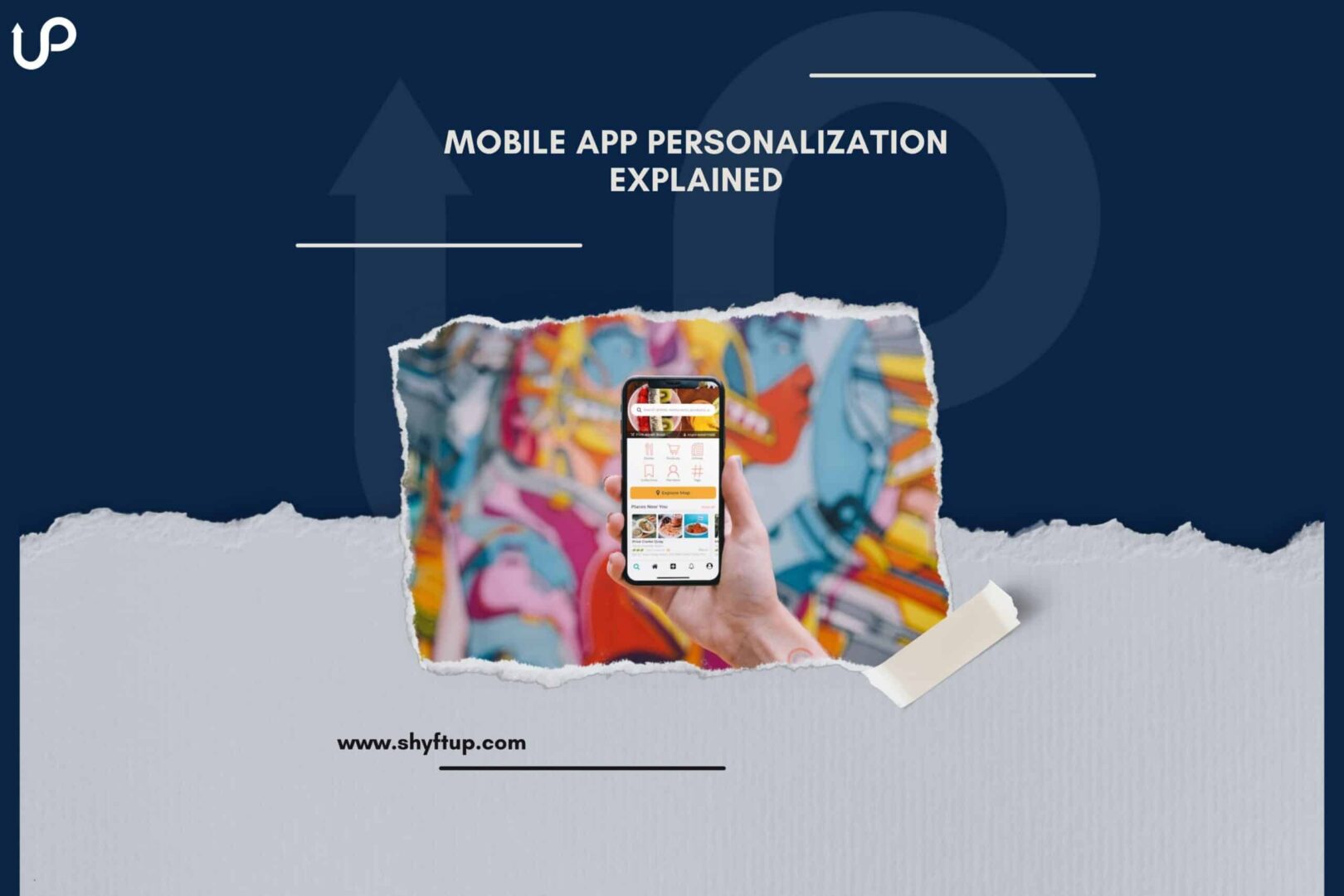
Mobile App Personalization Explained
Mobile app personalization is one of the best strategies to stand out from the crowd and get engaged and loyal users for your app. However, it is not that simple. You probably have some questions about this topic. For example, you might ask, “What is mobile app personalization?” Why is mobile app personalization important?” “How do you exactly personalize your app?”
Thankfully, we are going to answer all these questions today. Read on and discover what mobile app personalization can do for you.
What is Mobile App Personalization?
Mobile app personalization is the process of designing your app to deliver a personalized user experience. App developers utilize user data to meet the specific behaviors, preferences, and needs of their target audience. With mobile app personalization, you create the app for specific individuals rather than creating an app that tries to satisfy all types of users.
Why is Mobile App Personalization Important?
Mobile app personalization has been making waves in marketing because it helps businesses get more engagement from their customers. One of the best reasons you need to personalize your app is to stand out from the crowd.
Consider this: more than 3 million Android apps on Google Play and about 1.6 million apps in the App Store. That’s not all: things easily get complicated when you add other app stores to the mix. So, you can just imagine the great competition that exists in the mobile app industry.
Now, there are a lot of ways for you to stand out, and one of those is mobile app personalization. According to Google, 90% of leading marketers believe that personalization would help increase profitability.
Mobile app personalization offers a wide range of benefits not just for your users but also for your business. With mobile app personalization, you can create an app that will satisfy your users in the best way possible.
To help you better understand the importance of mobile app personalization, here are some key reasons to consider:
- Improved user experience
- Increased engagement
- Higher level of customer satisfaction
- Delivery of the most relevant content to the users
- Better conversion rates
- Competitive advantage
- More positive user ratings and reviews
- Increased user loyalty
When users love your app due to how you personalize their experience to their own preferences, behaviors, and needs, then that will contribute to your app ranking. More satisfied users mean more chances of having your app become more visible in app stores.
Once you have increased app ranking and visibility, then you’ll have more business opportunities that will ultimately increase your profit.
How to Perform Mobile App Personalization?
Now that you know what mobile app personalization is and why it is important, it’s time to learn how you can perform mobile app personalization.
There are different ways to personalize your app. Each app would have its own way of personalization. However, there are basic steps and principles you can follow.
Here are some of them:
Step 1: Collect Data
Mobile app personalization is based on data. You can’t effectively personalize your app if you don’t have enough relevant data. Data will guide your personalization process.
Here are a few things you can do to collect data:
- Ask users basic questions upon app registration. If possible, ask them to create profiles, which can quickly help you gather demographic information such as name, gender, age, and location.
- Check for behavioral data. You can check what time your users access your app, how many times they use your app, and how long they use your app.
- Track how users interact with your app. With the right tools, you can actually know which app features your users utilize, the page they visit, the content they engage with, and what actions they take.
- Track their app engagement. You can measure the click-through rates, session duration, and conversion rates to help you understand how engaged your users are with your app.
- See how they use social media. There are apps that involve the use of sharing content on social media platforms. You can see which content they share and the frequency with which they share content.
Step 2: Segment Data
Segmenting data saves you time, energy, and money. It also helps you know how you can personalize your app based on the trend you’re seeing in your data. For example, you can group users based on similar characteristics. From there, you can quickly know what content you can send them based on their shared characteristics.
Here are a few tips on how you can segment data:
- Identify the right characteristics to look out for. It is not enough to simply gather data. You should know how to organize them. When you have data organized based on, let’s say, behavior, interests, purchase history, or demographics, you can easily know how to engage them with your personalization campaign.
- Create individual user profiles. If you don’t like the idea of asking your users to create profiles in your app, you can simply ask them questions and use their answers to clearly define your user’s persona. From there, segmenting them based on preferences and qualities would be a lot easier.
- Create the right segments. You need to identify your personalization goals. Once you have your goals, look at the data you have gathered. You can then ask yourself, “What specific segments can I create from the available data based on my personalization goals?” That should help you create the right segments.
- Know your segmentation criteria. Another way for you to create the correct segments is to choose criteria. These criteria can be age group, geographic location, engagement frequency, interests, and spending habits, to name a few.
Step 3: Analyze Data
Segmenting data does involve data analysis. However, in this step, you want to take it further by having meaningful data insights.
With data analysis, you need to examine how your users interact with your app, how they behave, what trends you are seeing, what preferences are constantly coming up, what patterns you are noticing, and so much more.
Here are specific things you should do during data analysis:
- Remove irrelevant, inaccurate, and duplicate data.
- Analyze user data that includes averages, summation, and other statistics.
- Define key performance indicators (KPIs) that should help you in your personalization. These may include conversion rates, engagement rates, and click-through rates.
- Analyze the behavior of your users, such as usage patterns, journeys, drop-off points, and entry points.
- Analyze trends. Take a specific period of time and see which trends you are seeing.
- Analyze your app’s features and content. See the level of engagement you get from users based on specific features.
- Use visualizations such as charts, graphs, and dashboards, which can help you quickly understand your data and get a more detailed overview.
Step 4: Execute Personalization Strategies
Once you have done data analysis, it’s time to lay out your personalization strategies. How can you take advantage of the data you have gathered and turn them into actual strategies? Once again, the answer depends on your data analysis, personalization goals, and the type of your app.
Nevertheless, let us give you a few mobile app personalization strategies to help you get started. Here are some of them:
Push notifications
Push notifications are among the most effective ways for you to engage with your users, remind them about your app, disseminate updates, and improve conversion rates. However, push notifications can also cause users to uninstall your app if they get too many notifications.
That’s the reason you need to strike the perfect balance between updating your users and pushing them away. Thankfully, mobile app personalization can improve the effectiveness of your push notifications.
Mobile app personalization allows you to send users useful, meaningful, and relevant notifications. You’ll have a better idea of what to send and when to send your notifications. The data you have gathered should help you know the sweet spot where you can send push notifications.
Just to give you an example. Spotify does a great way of personalizing its push notifications. Based on the data they gather, they send users notifications when their favorite artists release a new song or when their favorite singers have a concert near them.
Product recommendations
Product recommendations are highly useful for e-commerce apps. You can recommend products or services to users based on their purchase history, browsing history, viewed items, and related products.
Content recommendations
You can recommend content to your app users based on their gender, location, age, behavior, and preferences. This should be doable if you have already collected and analyzed data.
User interface customization
There’s a reason that some of the top apps today allow their users to customize the theme, colors, layout, appearance, and interface of their app. This gives users the freedom to make their app look the way they want it to, which enables users to get a sense of ownership of your app. In turn, letting them customize the feel and look of your app contributes to their loyalty to you.
Location-based personalization
You can provide content, recommend features, or promote products based on the location of your users. For example, if a user is located in San Francisco, then you can recommend stores, restaurants, events, and places near that place.
Improve Your Mobile App Personalization Today
There you have it, a comprehensive discussion of what mobile app personalization is. As you can see, it has the power to help you get more users and turn them into loyal and engaged customers.
Of course, doing mobile app personalization is easier said than done. Especially if you haven’t done this before, app personalization can be overwhelming. Even if you already know how to personalize your mobile app, you might not have the necessary time and energy to do it on your own.
Thankfully, ShyftUp is here for you. ShyftUp is the leading user acquisition agency that has the necessary knowledge, experience, and tools to help you personalize your app. They can guide you through the process of gathering data, segmenting users, and preparing app personalization strategies. Aside from that, they specialize in increasing your app ranking and getting you more downloads.
If you want to discover how your app can dominate your niche, then you better give ShyftUp a try today!
